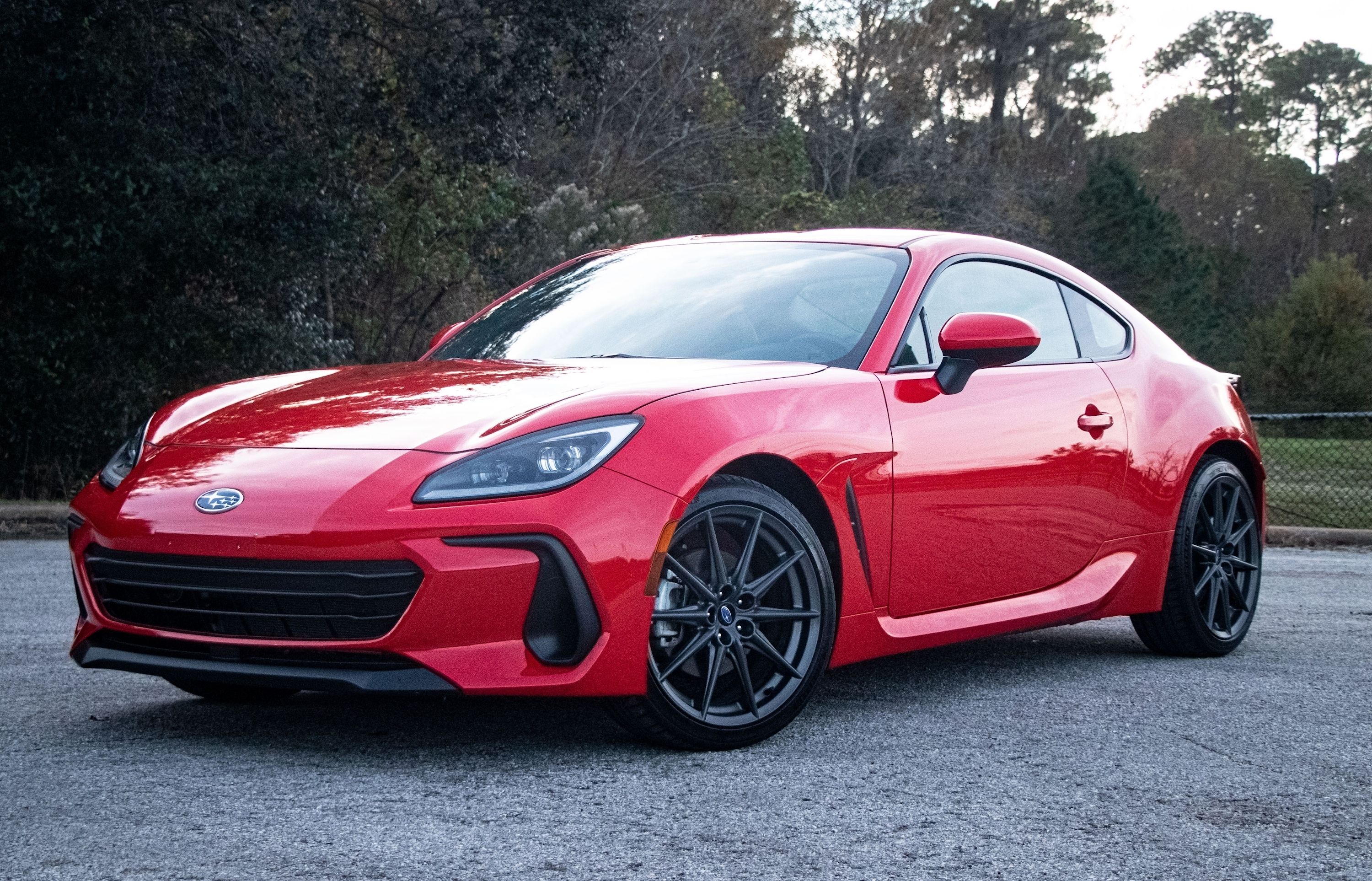
The 2022 Tokyo Auto Salon played host to an array of incredible machines, from quirky concepts to production-ready models. Many companies and carmakers were present, all with the intention of wowing attendees. Subaru was no exception, with its ultra-futuristic STI E-RA Concept taking pride of place.
But why is Subaru, maker of family SUVs such as the Forester and affordable enthusiast models like the WRX and BR-Z developing an all-electric racer? According to the man heading up development, it's an essential part of the brand's future.
Hiroshi Mori told the Japanese publication Response that the era of carbon-neutral motoring is nearing and, if Subaru's motorsport subsidiary STI doesn't develop technology for the future of electrified racing and performance, it will be left behind.
Starting with a race car may seem illogical but Mori explains that he is purposefully starting from a tough place. This is evidenced by the lofty goal Subaru has set for the STI E-RA - from 2023 onward, they're hoping to take the 1,073-horsepower concept around the fierce Nurburging circuit in just 6:40.
While he admits it's a tall order, Mori (pictured below) notes that "if STI does not develop the technology for the electrification of motorsports in Subaru in the future, it will be missed." Currently, Formula E is the most popular motorsport developed around electric vehicles, but that isn't in line with the STI ethos. GT racing is, however, and it's a segment in which Subaru still competes.
Lessons learned from the STI E-RA will be put to good use in the future, with the electric racer providing feedback that will be implemented in STI's electrified products going forward. Under the skin of the sleek-looking EV sits four motors from Yamaha. They each provide 268 hp of power for a grand total of 1073 hp. Peak torque for the system is 811 lb-ft. Depending on the requirements, the performance can be tailored for specific performance targets and different race circuits, and the independent motors mean torque vectoring can be tuned as well.
As for battery capacity and range, the current lithium-ion battery boasts a capacity of 60 kWh. However, Mori notes that "if you want to increase the target performance, such as acceleration performance or cruising range, you have to increase the battery capacity," calling it a "cat-and-mouse game." Ultimately, the decision to settle on 60 kWh was driven by the concept of a one-lap attack on the Nurburgring to achieve the target lap time.
Speaking of the Nurburging run, he notes the most important part of this ambitious challenge is securing "a feeling of ground contact and the ground contact of the four wheels." He notes that it's the same for ICE cars and EVs, but that in an EV, the car has motors "that send [plenty of] torque to the wheels," also specifying that the torque means the line of attack around the track is different to that of a typical combustion-powered car.
While electric cars are becoming increasingly popular and are considered normal in many parts of the world, there is still a long way to go in countries like the US. Mori notes that by the time children born this year are grown up, electric cars will be commonplace. By then, he plans to make a car that has all the classic STI driving characteristics, even if it's an EV.
